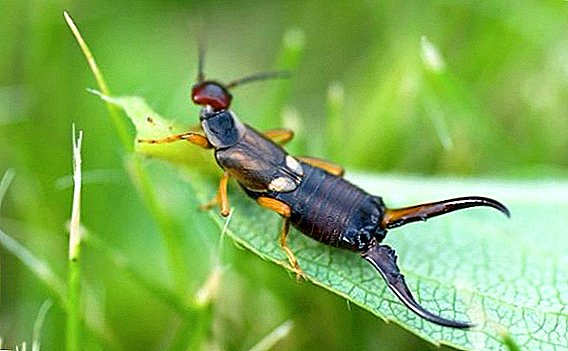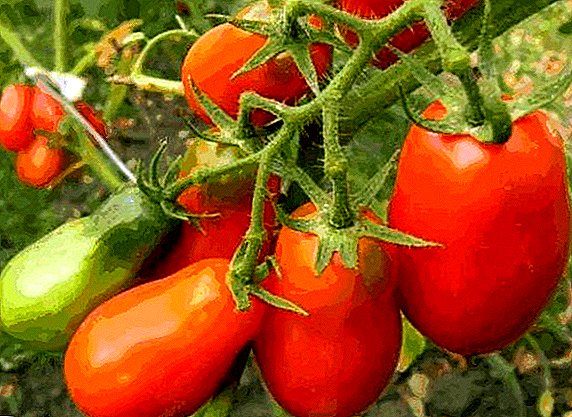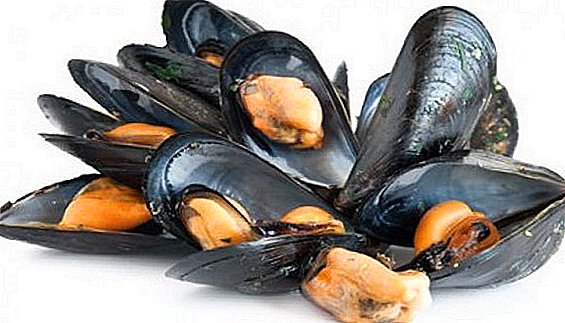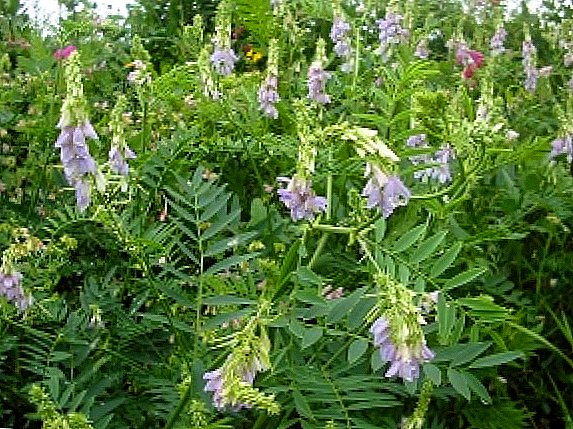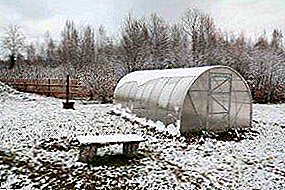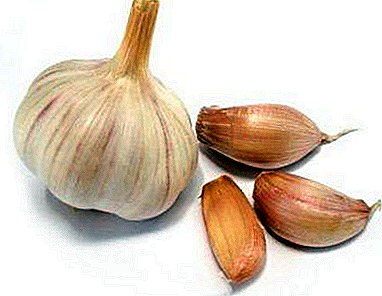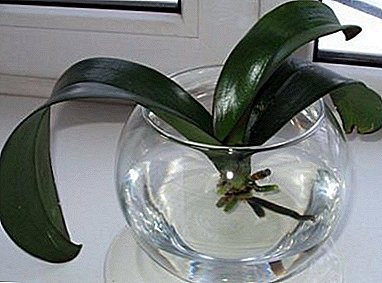
Along with the cultivation of plants in the soil, there is the possibility of their cultivation without the use of soil in a special solution. This solution contains all the necessary substances that are necessary for the flower for its favorable growth.
Growing orchids in water meets their needs and characteristics. In this article we will tell about this method in detail. Namely: the advantages and disadvantages of this method, how to make a solution, recommendations for care, possible problems.
How to grow a flower without soil?
The method of cultivating plants in water is called hydroponics, and quite often used by growers. The solution in which the flower is placed contains the nutrients necessary for its full growth.
Pros and cons of the method
The benefits of growing orchids with hydroponics:
- No need for constant transplant.
- The flower does not lack fertilizer.
- Since for orchids a significant problem is the appearance of soil pests and rot, when grown in water, this problem does not appear.
- The root system receives all the necessary nutrients necessary for favorable growth of the flower.
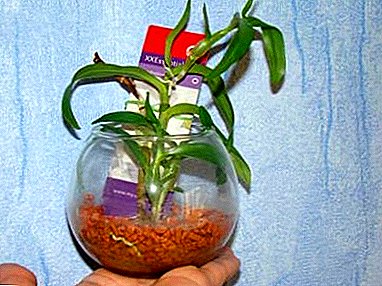 There is no problem of drying out the roots and lack of oxygen.
There is no problem of drying out the roots and lack of oxygen.- The time required to take care of the plant is reduced, as there are automated systems for circulation of the solutions. At regular intervals it is only necessary to add water. Phalaenopsis can be left for some time and not worry that it dries.
Disadvantages of using hydroponics:
- water should be constantly cool;
- care must be taken that the water covers the root system and, if necessary, topped up;
- Orchid fertilization is carried out throughout its growth.
How much can you put in the liquid?
Whether it is possible to leave an orchid in water overnight or to keep it in solution constantly depends on the goals. For constant maintenance will require regular replacement of fluids, at least once a week.
Step-by-step instructions for the content in the solution
It is not necessary to use substrates and nutrient mixtures to provide the plant with good nutrition. All the necessary elements can be dissolved in water.
Composition and concentration of substances
It is necessary to add fertilizers to water the same as for soil cultivation. You need to feed the orchid constantly.
The concentration of fertilizers in this method should be equal to half the norm of the concentration when watering orchids in the soil.
Cleaning and Inspection
Before planting, the roots are washed under running water and cleaned from the previous substrate.
At the roots you can see green algae, but they should not be removed. In the future, they will improve gas exchange in water when it stagnates.
Transplanting a new pot
Depending on how many new roots the orchid has given, it is possible to determine whether it is necessary to keep it in the tank further or it is time to replant it in a larger pot.
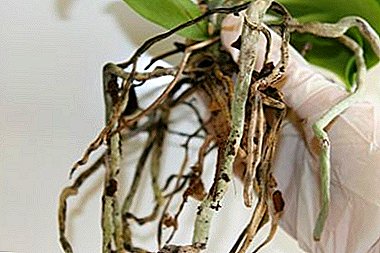 Before planting an orchid in expanded clay, its roots must be inspected and then rinsed under running water. Capacity is filled to half, the flower is transferred, after which water is added.
Before planting an orchid in expanded clay, its roots must be inspected and then rinsed under running water. Capacity is filled to half, the flower is transferred, after which water is added.- If it is decided to transfer the orchid to perlite, the container is filled with expanded clay. Then you should plant an orchid and sprinkle it with perlite, not getting enough sleep to the edge of the container for one centimeter. The container is placed in water to seal the perlite around the roots. To decorate the top, you can pour stones for decoration.
- When a plant is transferred to diatomite, the expanded clay is poured to the level of the covering hole, the orchid is transferred to the diatomite, and is filled up on top with expanded clay.
- If a green mix mix is used for planting, the expanded clay is poured to the level of the covering hole, the orchid is transferred and the container is filled to the top with the mixture. To seal the resulting substrate it is poured abundantly with water.
Important! A mixture of GreenMix and diatomite should not dry out. Otherwise, they will take moisture from the root system of the plant, and this will lead to the death of the flower.
Possible problems and solutions
If the flower has wrinkled edges, the temperature in the room is too high. The difference between day and night temperatures should be eight degrees.
Rotting roots indicate a too-narrow pot that squeezes the root system. In the absence of flowering, you can try to make the orchid heat stress. The temperature difference between day and night should be ten degrees.
Home Care Tips
- When growing orchids in water, water quality plays an important role. It is better to pass through the filter or use rainwater.
- Salt often accumulates in water tanks. To remove it, the pots must be rinsed well every month with water.
- In winter, the water level in the tank should be no higher than one centimeter.
- For feeding, it is better to use nutrient solutions, taking into account the life phase of the orchid.
- In summer, the temperature should be cool in the room where the flower is located. In winter, the temperature should not exceed 25 degrees.
Conclusion
Orchid can be grown successfully without the use of soil. The efficiency of using hydroponics has been proven by more than one gardener. If you follow all the rules for planting and care, an exotic beauty will delight in its bloom for a long time.


 There is no problem of drying out the roots and lack of oxygen.
There is no problem of drying out the roots and lack of oxygen. Before planting an orchid in expanded clay, its roots must be inspected and then rinsed under running water. Capacity is filled to half, the flower is transferred, after which water is added.
Before planting an orchid in expanded clay, its roots must be inspected and then rinsed under running water. Capacity is filled to half, the flower is transferred, after which water is added.

